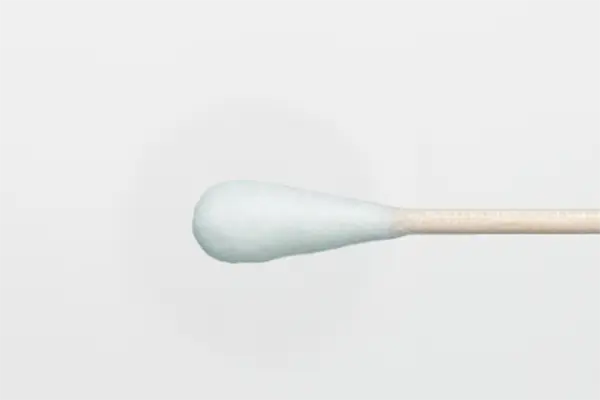Cotton swabs, those small and versatile tools we often use for various purposes, need to be sterile to ensure safety and cleanliness. Whether you're using them for medical procedures, personal hygiene, or crafting, it's crucial to understand how to make cotton swabs sterile. In this article, we will guide you through the process of achieving sterility with cotton swabs, ensuring that they are free from harmful microorganisms and contaminants. Let's dive into the world of sterile cotton swabs and discover the techniques for maintaining their cleanliness and integrity.
Understanding Sterile Cotton Swabs
The Importance of Sterility
Sterility is of utmost importance when it comes to cotton swabs. Sterile cotton swabs are free from any living microorganisms, including bacteria, viruses, and fungi. Ensuring sterility is vital in medical settings to prevent the risk of infections during procedures or wound care. Moreover, maintaining sterility is essential for personal hygiene, preventing the introduction of harmful bacteria into sensitive areas such as the ears or wounds. Sterility guarantees that the cotton swabs are clean and safe to use, providing peace of mind for various applications.
Techniques for Achieving Sterility
1. Pre-Sterilization Preparation
Before starting the sterilization process, it is crucial to prepare the cotton swabs properly. Begin by selecting high-quality cotton swabs that are free from any visible dirt or debris. Ensure that the packaging is intact and unopened. It is essential to work in a clean and controlled environment to minimize the risk of contamination. Wash your hands thoroughly with soap and water before handling the swabs, or consider wearing sterile gloves if necessary.
2. Autoclave Sterilization
Autoclave sterilization is one of the most effective methods for achieving sterility in cotton swabs. An autoclave is a device that uses high-pressure steam to kill microorganisms. To sterilize cotton swabs using an autoclave, place them in autoclave-safe pouches or containers designed for sterilization. Follow the manufacturer's instructions for loading the autoclave and setting the appropriate parameters, such as temperature and pressure. Once the autoclave cycle is complete, allow the swabs to cool down before handling them.
3. Ethylene Oxide Sterilization
Ethylene oxide sterilization is another commonly used method for achieving sterility in cotton swabs. Ethylene oxide gas penetrates the packaging and kills microorganisms, including spores. This method is suitable for items that cannot withstand the high temperatures of autoclave sterilization. To sterilize cotton swabs using ethylene oxide, place them in a gas-permeable pouch or container specifically designed for ethylene oxide sterilization. Follow the manufacturer's instructions for exposure time and aeration to ensure safe and effective sterilization.
Conclusion
Sterile cotton swabs are essential for maintaining cleanliness and preventing the risk of infections. Whether you're using them in medical procedures or for personal hygiene purposes, achieving sterility is crucial. By following proper preparation techniques and utilizing sterilization methods such as autoclave sterilization or ethylene oxide sterilization, you can ensure the cleanliness and safety of your cotton swabs. Remember to always handle sterile cotton swabs with care and store them in a clean and controlled environment to maintain their sterility until use.
Post time: Mar-11-2024






